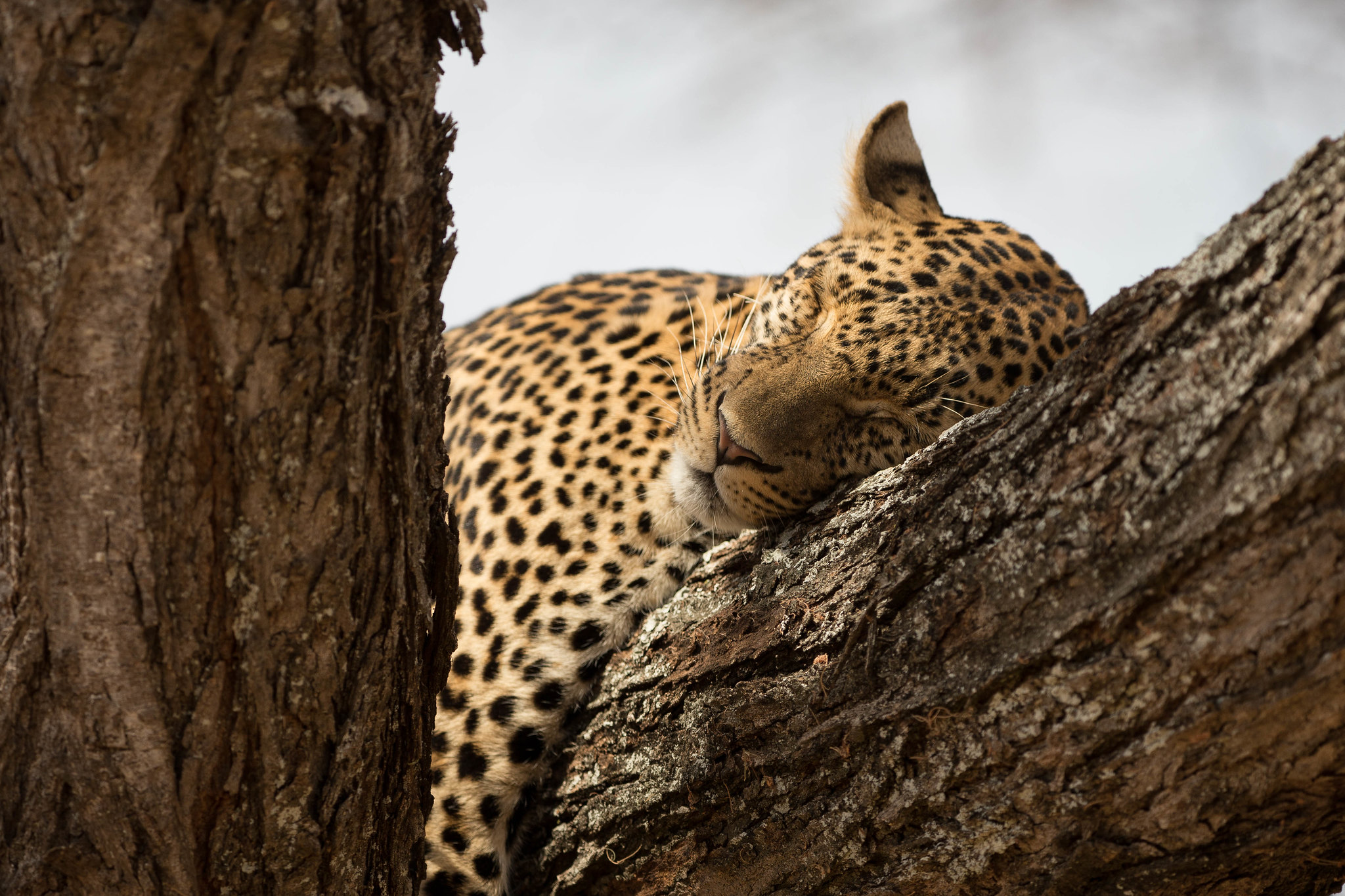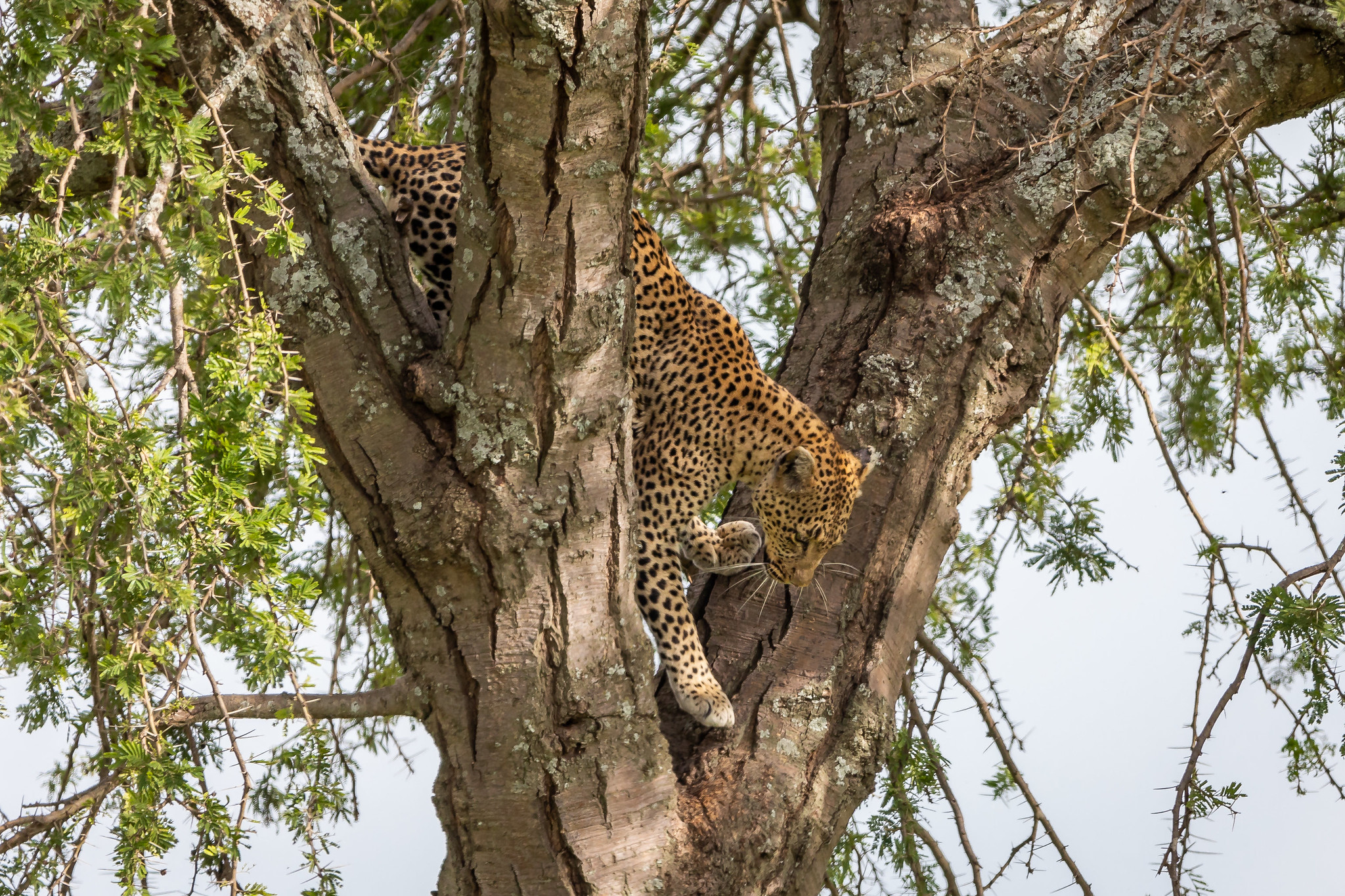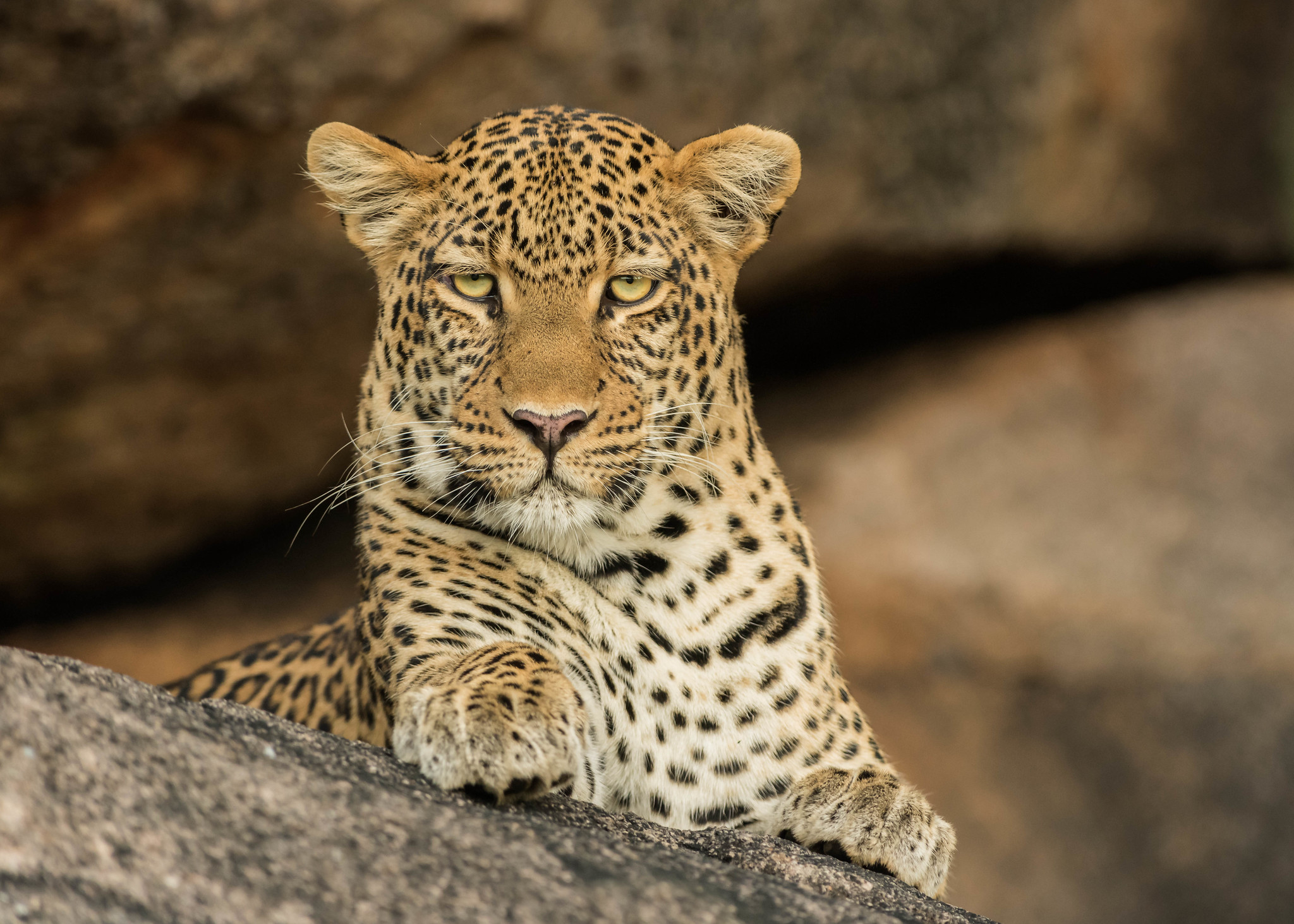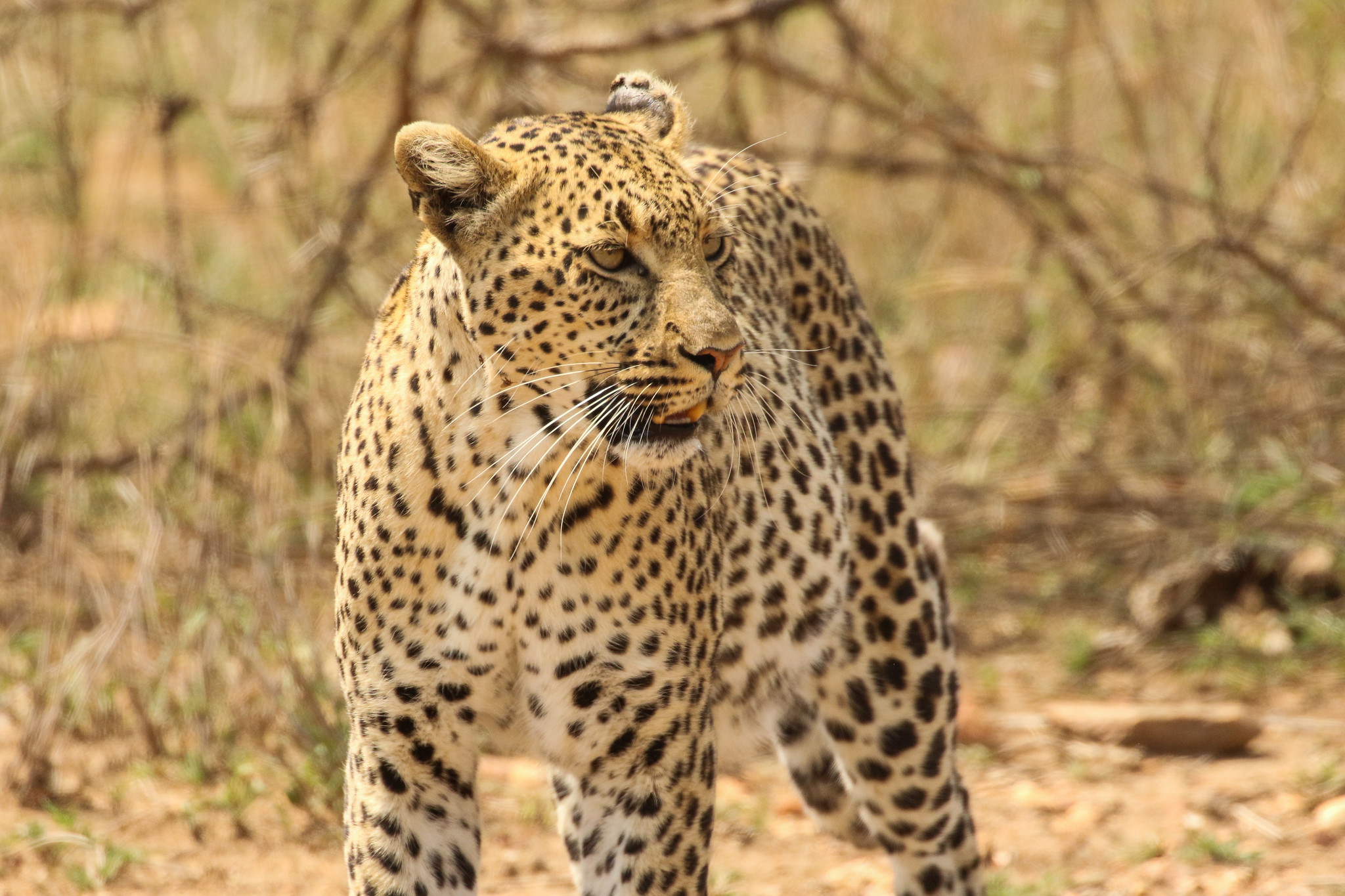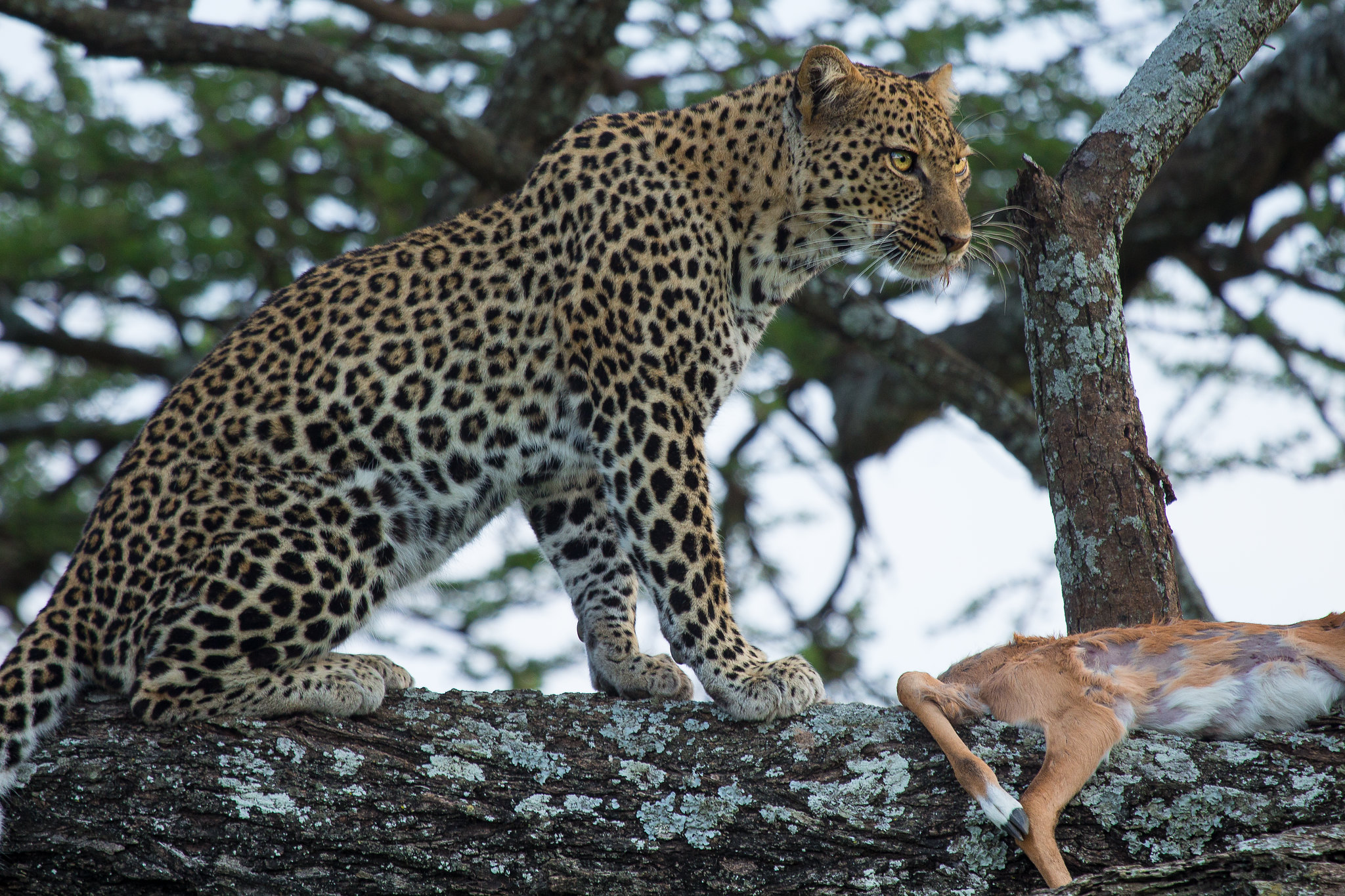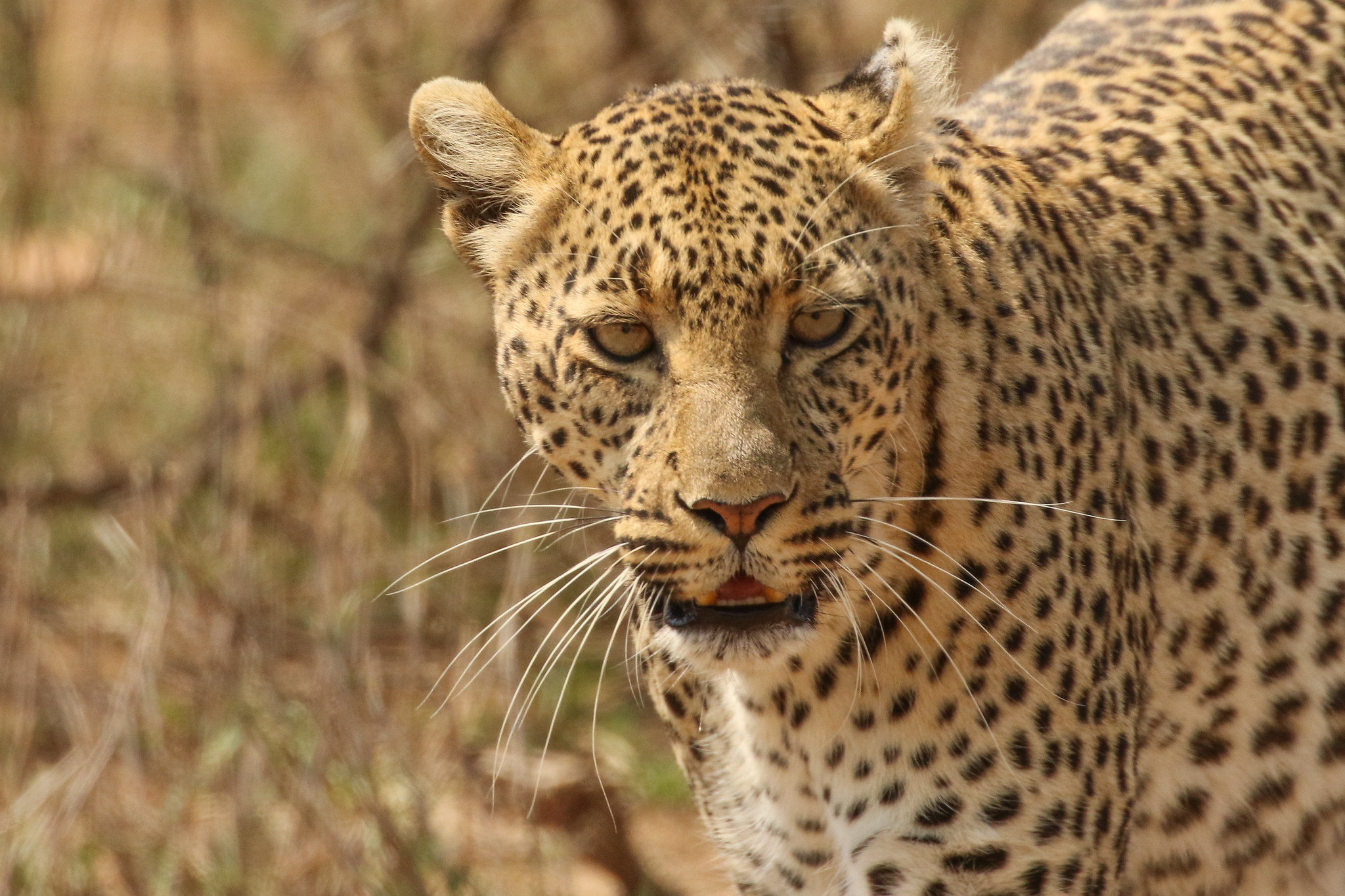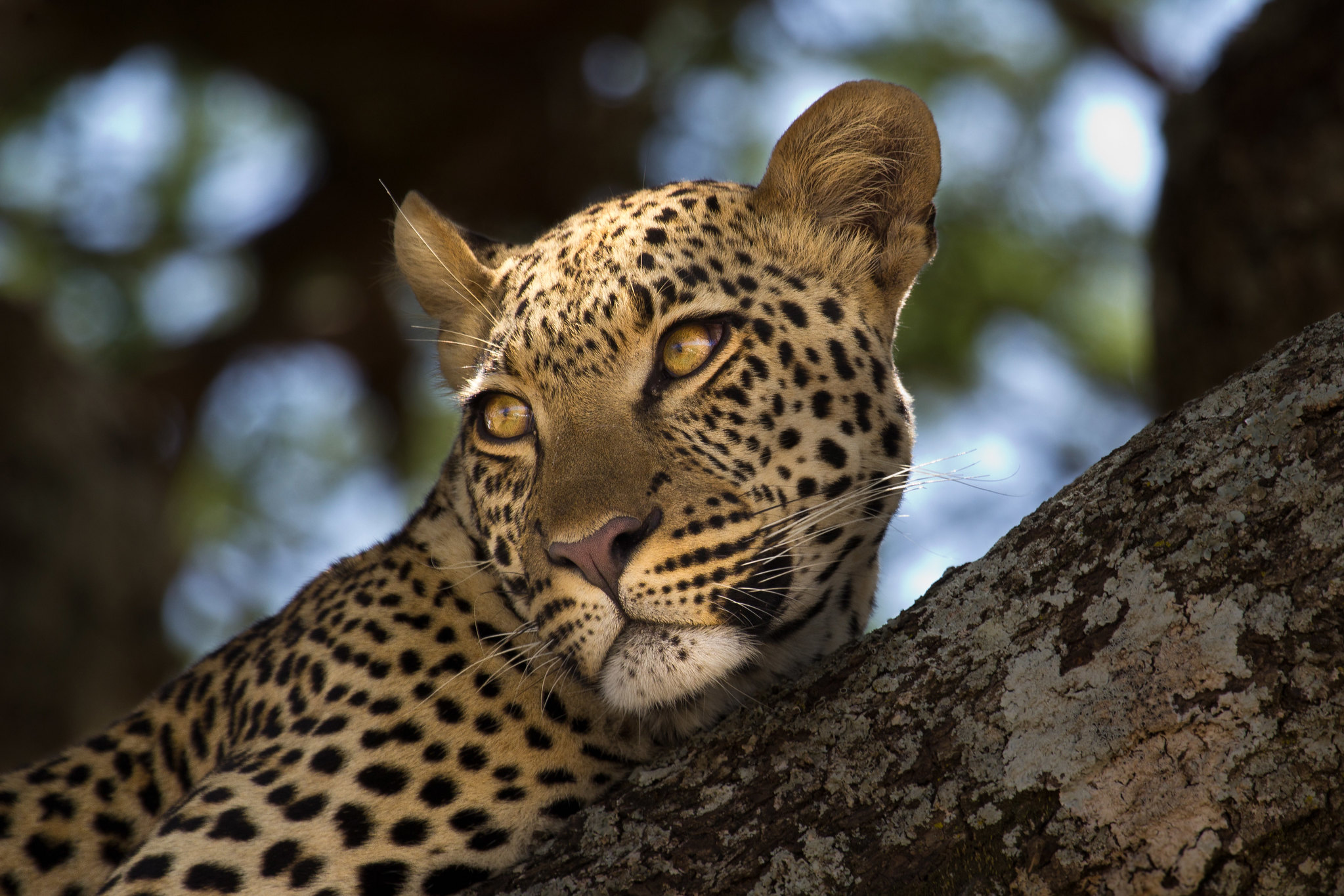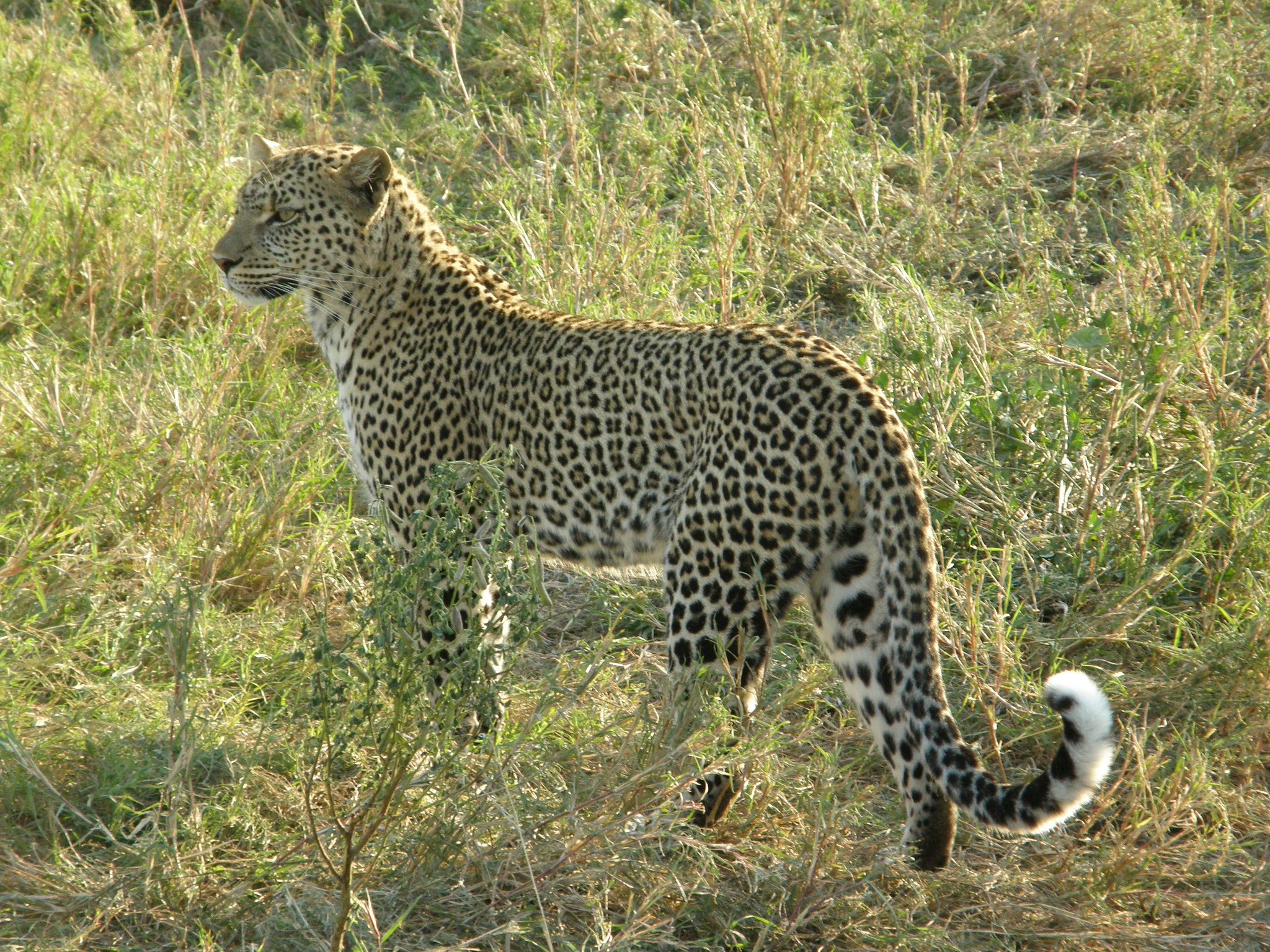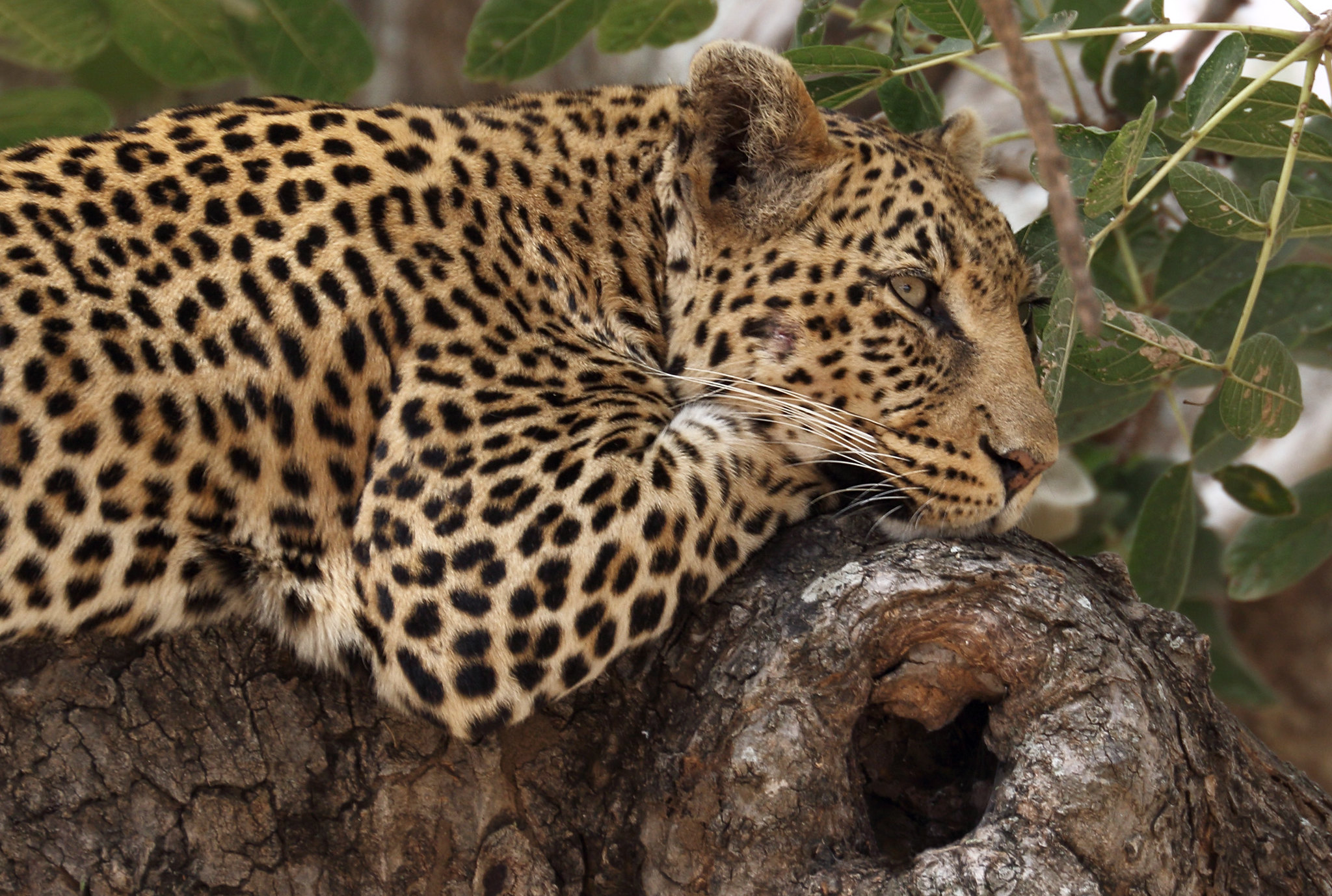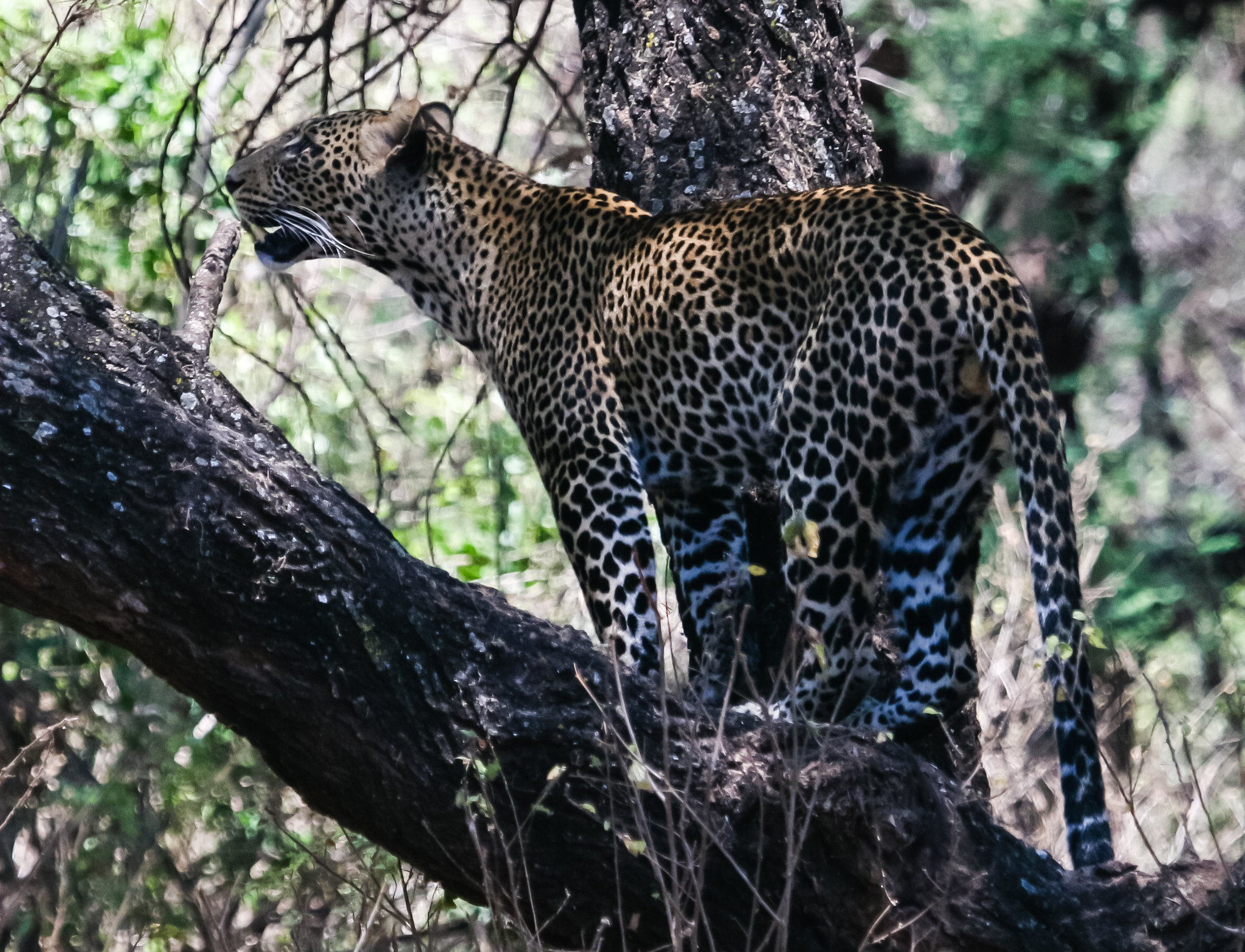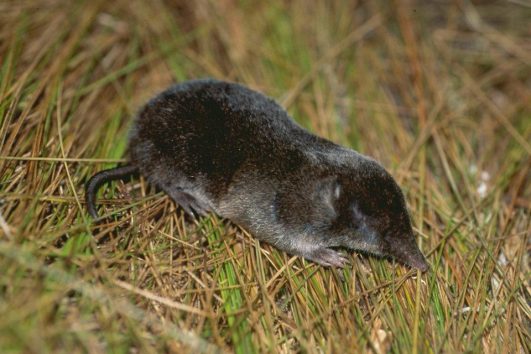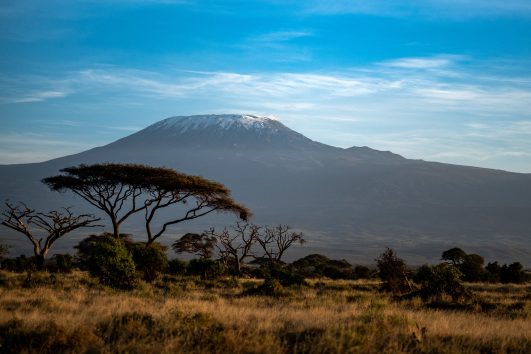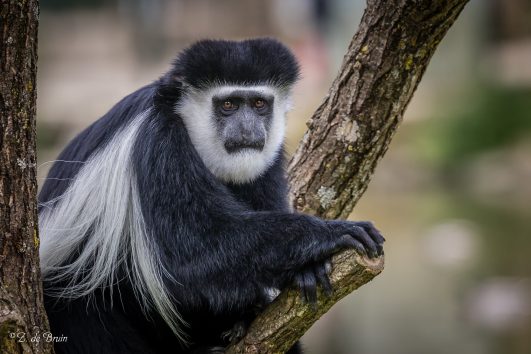Leopards, known scientifically as Panthera pardus, are one of the “big cats” of the Felidae family, renowned for their stealth, strength, and adaptability. Unlike lions, leopards are solitary creatures, with each individual having its territory. They are widespread across Africa and Asia, with a subspecies, the Amur leopard, found in the Russian Far East and northeastern China.
Leopards, members of the big cat family alongside lions, tigers, and jaguars, are found across a wide swath of territory from sub-Saharan Africa to parts of Asia, including India and China. Despite their broad distribution, many leopard populations, particularly those outside Africa, are at risk of extinction.
Despite reports of sightings of these elusive spotted big cats around Mount Kilimanjaro and Mount Meru, in Arusha National Park, there haven’t been any recorded encounters apart from the frozen leopard carcass found by Richard Reusch near the summit of Mount Kilimanjaro around 18,500 feet.
Even at Mount Kenya National Park, they are rarely seen due to their shy nature. To see leopards in Tanzania, the Serengeti National Park in northern Tanzania, Ndutu at the border of Ngorongoro Crater and Tarangire are the best spots to find them. In Kenya, you can come across leopards at masa Mara Game Reserve, Tsavo East & West National Parks and Amboseli.
These cats are incredibly adept at climbing, often hoisting their prey into trees to safeguard it from other predators like hyenas. From their arboreal perches, leopards can also launch surprise attacks on unsuspecting prey, their patterned fur providing perfect camouflage amidst the foliage. They are primarily nocturnal hunters, moving silently through grasslands to ambush antelopes, deer, or pigs. In areas close to human habitation, leopards might target livestock or, in rare cases, humans.
Leopards are not just terrestrial; they are proficient swimmers too, occasionally feasting on fish or crabs in aquatic environments.
Breeding in leopards isn’t seasonal; females can have litters any time of the year, typically giving birth to two cubs with faint spots. The mother keeps her young hidden, relocating them to ensure their safety until they’re ready to venture out and learn hunting skills. After about two years, these cubs leave their mother to lead solitary lives, which is typical for leopards.
Their coat usually features a light base colour with dark spots known as rosettes, which help in blending with their surroundings. Black leopards, with their spots obscured by melanism, are often referred to as black panthers, though they are not a separate species but a colour variant of leopards.
Physical Appearance of leopards:
- Size: Leopards are muscular with relatively short legs and a long body. Males can weigh between 30-90 kg (66-198 lbs), while females are slightly smaller, ranging from 23-60 kg (51-132 lbs).
- Coat: Their fur is typically tawny or golden with black spots arranged in rosettes, though this can vary significantly by region. In some areas, leopards exhibit melanism, resulting in black leopards (often mistakenly called black panthers).
- Tail: Leopards have a long tail, which can be up to 1 meter (3 feet) long, used for balance and communication.
Leopard Adaptations:
- Camouflage: Their spotted coat provides excellent camouflage in diverse environments, from grasslands to forests, allowing them to blend into their surroundings.
- Climbing: Leopards are exceptional climbers, often dragging their kills up trees to protect them from other predators like lions and hyenas. Their powerful limbs and sharp claws are adapted for climbing.
- Strength: They have the ability to carry prey up to three times their own body weight into trees.
- Stealth: Leopards are known for their stealthy approach to hunting, often ambushing prey from close range.
- Diet Flexibility: They have a broad diet, ranging from small rodents to antelopes, which allows them to survive in various habitats.
Habitat:
- Diverse Environments: Leopards inhabit a wide range of ecosystems including savannahs, deserts, forests, and mountainous regions. This adaptability has allowed them to thrive in places where other big cats might struggle.
- Territorial Behavior: Leopards are territorial, with males having larger territories that can overlap with several female territories. They mark their territory with urine, faeces, and claw marks on trees.
- Conservation Concerns: Despite their adaptability, leopards face threats from habitat loss, poaching for their fur, and human-wildlife conflict. Their secretive nature makes population assessments challenging, but it’s clear that their numbers are decreasing in many areas.
 Leopard Tours & Kilimanjaro Treks
Leopard Tours & Kilimanjaro Treks
If you want to see leopards in Tanzania and at the same time go on a much-needed safari, it would be wise to go on a combined safari and trek tour. Below are the best Leopard safaris to combine with your Mount Kilimanjaro trek.
- 3 days Serengeti Safari
- 4 days Ngorongoro & Serengeti Safari
- 4 Days Tanzania Safari ; Tarangire, Serengeti, Ngorongoro
- 6 Day Wildebeest Calving season & Migration Safari in Ndutu & Serengeti
- 7 days Tanzania Fly-in Tarangire, Serengeti, Ngorongoro Luxury Safari + Optional Balloon Safari
- 10 days Mara river crossing & Great Wildebeest migration, Serengeti safari
- 15-Day Kilimanjaro Machame Climb, Serengeti Safari, and Zanzibar
Leopards play a crucial role in maintaining ecological balance by controlling herbivore populations, which in turn affects vegetation. Their ability to adapt to various environments and their elusive nature make them one of the most fascinating big cats in the world. However, conservation efforts are vital to ensure their survival, given the pressures from human expansion and illegal hunting.
Additional information
| Habitat | Kilimanjaro National Park, Mount Meru, Mount Kenya, Rwenzori |
|---|

